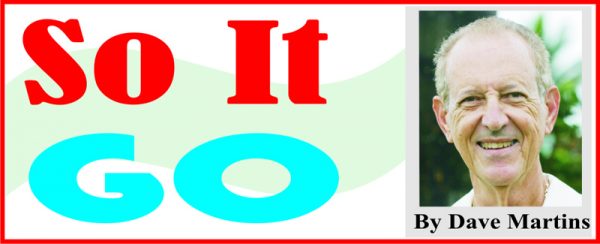
That’s the background. Last week, some 11 years later, on a Sunday visit to Canal Number One, I was standing by the Boeraserie waterway, and before I knew what was happening, Annette whips out her cell phone and starts interviewing me about my memories from that area. In case you haven’t seen the video on Facebook, she asked me if I had any memories of the Conservancy, and I related a particular incident which happened when I was living in Vreed-en-Hoop.
As many people know, the Boeraserie Conservancy waterway runs behind the sugar estates along West Demerara and is easily reached aback of Vreed-en-Hoop, Windsor Forest, Leonora, etc. My Vreed-en-Hoop friend Neville deRamos, a real outdoors man, took me once on an outing in the Conservancy starting from aback of Plantain Walk on the West Bank. It was about 6 or so of us, both sexes, and we were up and down the area, went over into Essequibo, did some serious fishing on Saturday, slept under a thatched roof shed that night, and set out to fish again the next day, trolling for lukunani, with one guy throwing cast net from the pegasse, pulling in scores of patwa, houri and sunfish. The area was teeming with fish, so much so that sunfish in the water, scared by the engine, would leap high in the air and several actually landed right in the boat – true story.
The pivotal thing I related was that in mid-afternoon, Sunday, we had a scary encounter when the boat hit a partially submerged tacouba. It stopped us dead in the water; the hole in the boat was some seven or eight inches across; we were in serious danger of sinking. Almost in an instant, people began taking off clothing to try and staunch the flow; shirts, pants, brassieres, hats, all ended up being used with one fellow sitting on the amassed clothes pile as others dug in with paddles. We were only about ten feet from the pegasse, but without those clothes plugs we would have gone under; as it was, we barely made it to the shore where we all scrambled out. At this point, some of the ladies were in an advanced stage of undress, but nobody seemed to notice or care; we were happy to make it to dry land where two other passing boats later rescued us and ferried us back to our Plantain Walk starting point, with the ladies showing some skin, the males trying not stare, but all happy to be safe.
Last week, on the drive back from Canal, reliving the tacouba episode served to remind me how life was, as Guyanese say, “long time” in this land when I was a youngster here; communication with the Pomeroon, for instance, where my father Joseph Martins had his farm and where he spent most of his time. Contact with him was from persons travelling out, or via the Post Office. My mother would write a letter, I would take it to Vreed-en-Hoop Post Office, it would be sent to Charity, and folks travelling past my father’s farm, would deliver it. His reply would then go back to Charity to be posted to Vreed-en-Hoop, with both transactions often taking more than a week. For emergencies, there was the telegraph with as few words as possible. Such was routine communication; that was in the era of “long time”.
Another example from then I recall like yesterday had to do with Atkinson Field when I was working there with B. G. Airways in the 1950s and you travelled up on red dirt roads most of the way. In the dry weather, there would be clouds of dust. You would see persons arrive on the Georgetown bus at Timehri, and the ones sitting at the back, in particular, would get off covered in red dust from head to toe as if they had been sprayed with the stuff. By contrast, in the rainy weather, the road was a quagmire, often with two tracks in the middle from passing tyres, spraying any folks on the parapet with red goo. Guyana, at that time, was home to several French Citroen cars, very low slung, and sporty looking, but not made for the East Bank Road in rain. I recall seeing one of them, stuck on the hump in the middle of the road, with wheels unable to get traction in the two muddy tracks. Imagine dealing with a flat tyre in those conditions; it was a nightmare.
In this long ago era I’m referring to, mini-buses did not exist. A bus superstructure, totally of wood, built on a truck chassis, was what we rode in on West Dem and everywhere to get to town. Competing buses would try to speed ahead of each other to gather passengers waiting at the roadside, and one day one of the smaller buses overturned at the sharp curve at Crane and ended up in a flooded rice field. Nobody was hurt, but when our bus arrived on the scene, the passengers from the accident bus, all soaking wet from the rice field, came into the vehicle I was in, which was nearly full. I was, as Guyanese say, “a small boy”, and a large Chinese chap commandeered my seat and put me on his lap. From his soaking wet clothes, I got off the bus at Hague looking as if I had gone swimming in my school garb. My mother almost fainted when I walked in the house dripping muddy water on her floor.
I could tell you more: like the time I got a very serious cut on my left hand from a rusty metal drum and the doctor gave me three stitches – without anesthetic – or the time when the Vreed-en-Hoop ferry boat crashed into a ship anchored in the river, or… never mind… by now you get it: dis time is definitely na long time.





